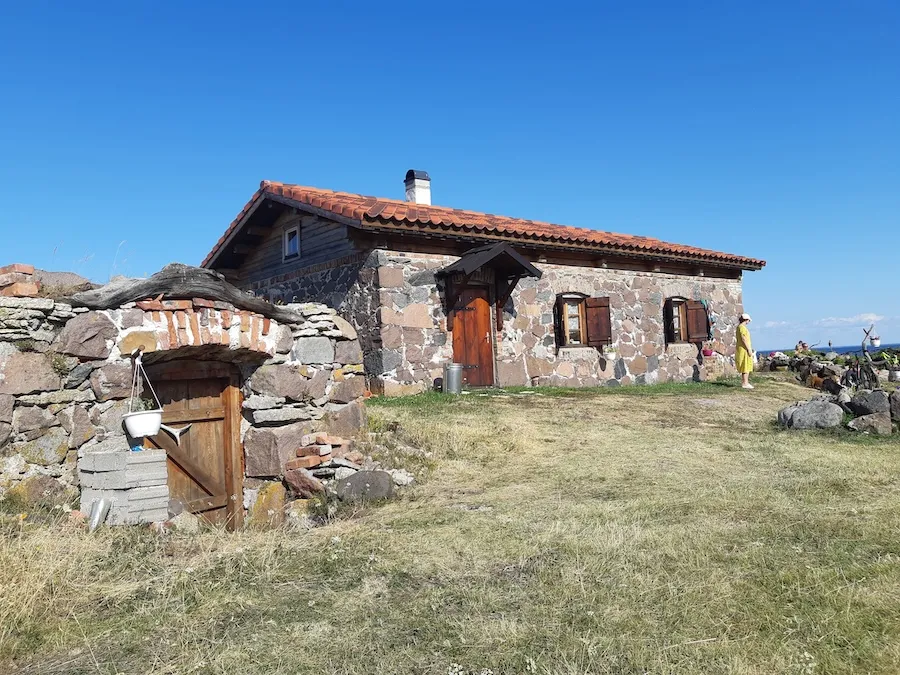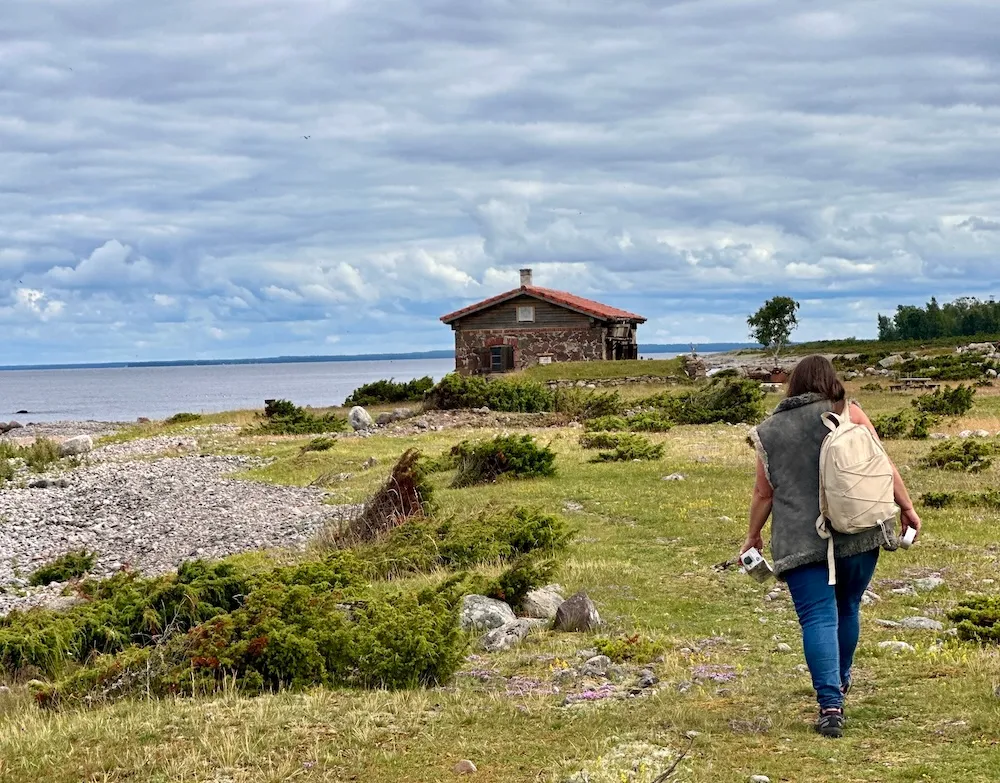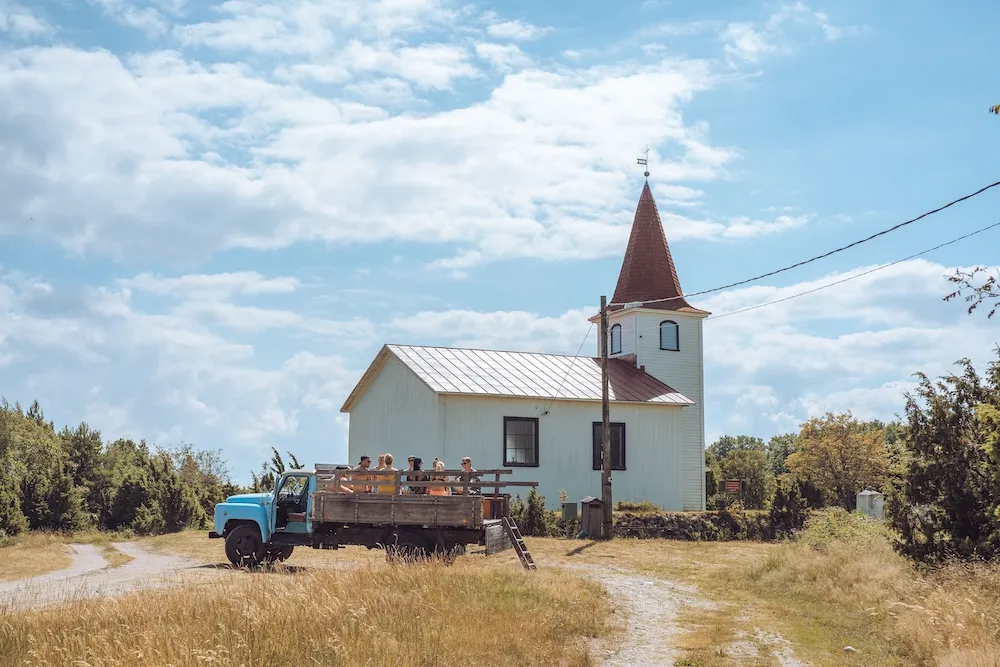Aksi Island
Aksi Island, located between Prangli and Rammu in the Kolga Bay archipelago, is a scenic and historically rich gem in Northern Estonia. Though it covers just 0.59 km², the island holds far more than meets the eye—a unique meeting point of nature, history, and folklore.
What makes Aksi truly special is its deep connection to the Aksberg family, once the region’s most well-known boatbuilders before World War II. Their craftsmanship, skills, and musical talent left a lasting mark on local culture. The Aksberg legacy is an important part of Estonia’s coastal heritage and still deserves to be remembered today.
After the war, Aksi became permanently uninhabited, and to this day, no one lives there. Yet the island continues to attract nature lovers, history enthusiasts, and adventurers alike.
The landscape is defined by stunning views, stony shores, dense juniper groves, a fascinating stone labyrinth dating back to 1849, and much more. Walking across Aksi, it’s hard to believe how much biodiversity fits into such a small area. The island is also under nature protection.
Read more: 10 interesting facts about Aksi Island.
The nearest harbors are Kelnase on Prangli Island and Neeme on the mainland.
Check out the additional options










